As our friends in the US celebrate Thanksgiving today, we at Team Booko are also reflecting on Thanksgiving and thankfulness in general. Thanksgiving traditions are borne of the harvest festivals of Europe, and of the age-old practice of giving thanks to God at significant events; modern-day Thanksgiving is characterised by travelling home – there are more long-distance travellers at Thanksgiving than at Christmas – and of course, a traditional feast including roast turkey, cranberry sauce and pumpkin pie. Although Thanksgiving seems a quintessentially American holiday, it is celebrated in places as diverse as Canada, Liberia and Norfolk Island, and its messages of gratitude, community and sharing will find resonance in any part of the world.
 The Thanksgiving Story by Alice Dalgliesh, illustrated by Helen Sewell
The Thanksgiving Story by Alice Dalgliesh, illustrated by Helen Sewell
The Thanksgiving Story is a classic picture book about the events leading up to the first Thanksgiving, as seen through the eyes of three children. Giles, Constance and Demaris Hopkins are travelling on the crowded Mayflower with their parents, bound for a place where they hope to practise their religion freely. Alice Dalgliesh adds lots of historical detail to enrich a familiar story of early hardships ultimately overcome with the help of the Native Americans, leading to the first successful harvest. A Caldecott Honor book.
 ‘Twas the Night Before Thanksgiving by Dav Pilkey
‘Twas the Night Before Thanksgiving by Dav Pilkey
’Twas the Night Before Thanksgiving is no ordinary story – simply because it is written by Dav Pilkey (of Captain Underpants fame). Dav has taken the classic Christmas poem and given it a Thanksgiving twist. Eight children are enjoying an excursion to a turkey farm on the eve of Thanksgiving. When they realise that the cute baby turkeys are earmarked for Thanksgiving dinner, some quick thinking is required. Sufficed to say that those children end up with plump feathered guests at their respective (vegetarian) Thanksgiving feasts! Something funny and a bit different for this tradition-laden day.
 1621: a New Look at Thanksgiving by Catherine O’Neill Grace and Margaret M. Bruchac
1621: a New Look at Thanksgiving by Catherine O’Neill Grace and Margaret M. Bruchac
The events surrounding the first Thanksgiving have become mythologised over the past centuries. 1621: a New Look at Thanksgiving invites readers to see through the myths, by showing the events from the perspective of the Wampanoag, one of the Native American tribes who shared that first Thanksgiving feast. It is richly informative about the Wampanoag’s culture and way of life. 1621: a New Look at Thanksgiving reminds us that history is often subjective, and challenges us to think and question what we know.
 The Thankful Book by Todd Parr
The Thankful Book by Todd Parr
When you are a kid and the grownups keep nagging you to say “thank you” to everything, it can be hard to understand what there is to be thankful about. The Thankful Book, with its bright colours, simple pictures and gentle text, reminds us of the little things that brightening our days – music that makes us want to dance; friends that make us smile; hair that make us unique. The Thankful Book is wise and joyous, and sure to spark good conversations about happiness and thankfulness.
 The Gratitude Diaries: how a Year Looking on the Bright Side can Transform your Life by Janice Kaplan
The Gratitude Diaries: how a Year Looking on the Bright Side can Transform your Life by Janice Kaplan
“Always look on the bright side of life” can have life-changing effects – just ask Janice Kaplan. The editor and former journalist made a new year’s resolution to show more gratitude for a year, and it had remarkably positive effects on her physical and mental well-being. Janice Kaplan discovers that not only can a positive attitude influence our sense of fulfilment, it can change our neural pathways and even influence our children’s happiness. The Gratitude Diaries is a skilful blend of self-help, memoir and popular science that will both entertain and inspire.







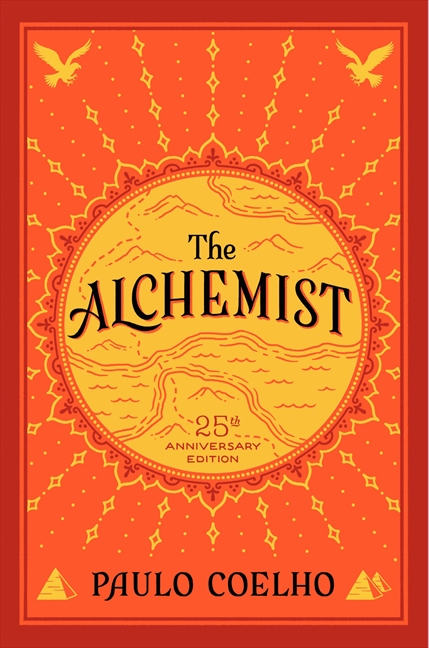






 Amazing (Mostly) Edible Science: a Family Guide to Fun Experiments in the Kitchen
Amazing (Mostly) Edible Science: a Family Guide to Fun Experiments in the Kitchen












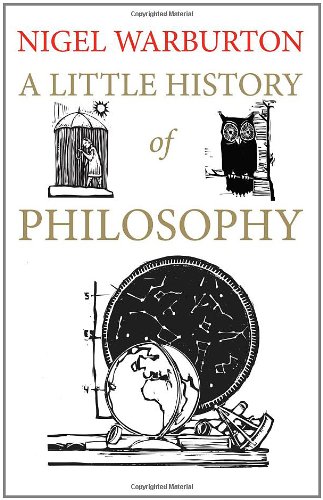
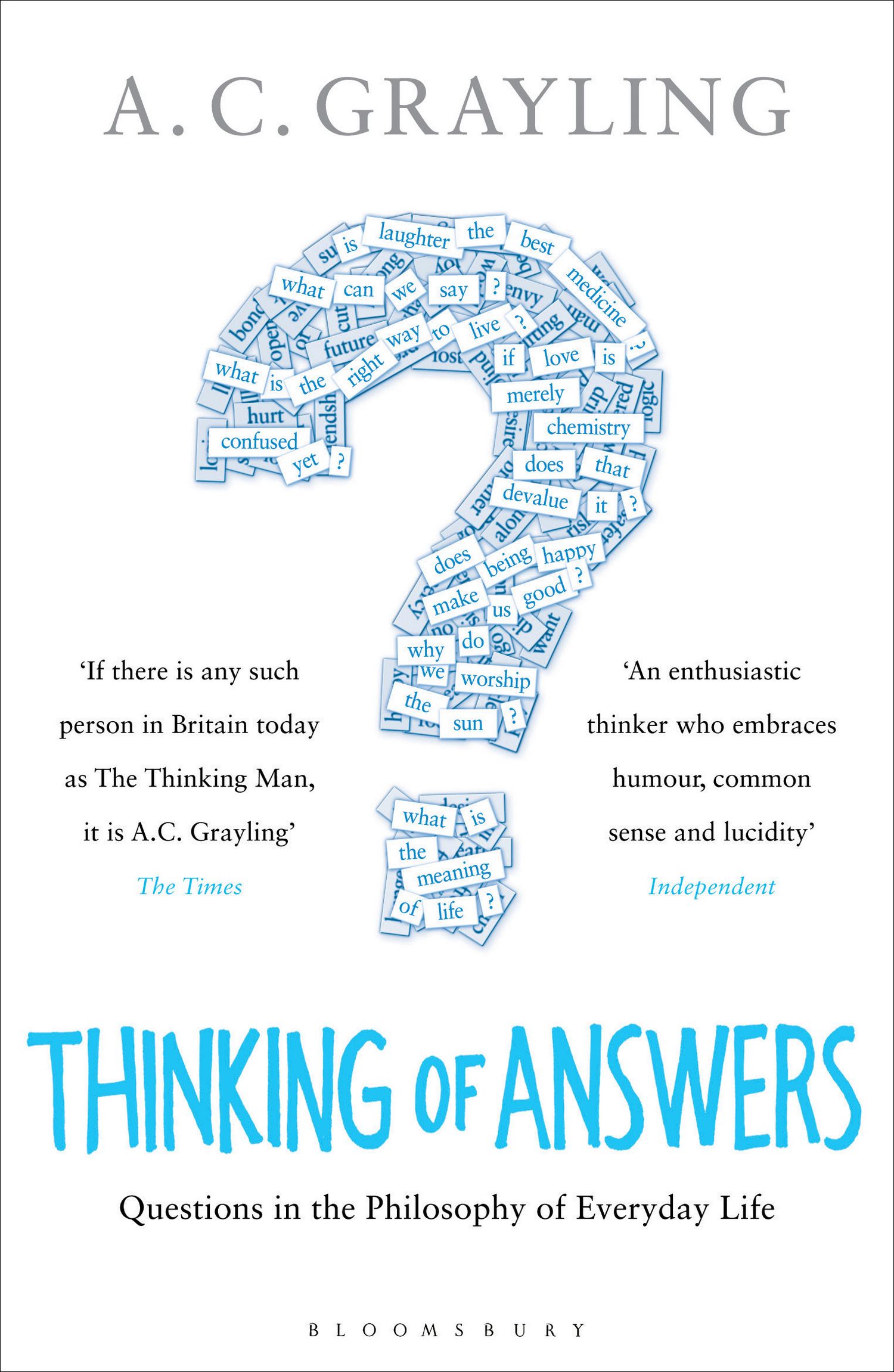
 The Most Good You Can Do: How Effective Altruism is Changing Ideas about Living Ethically
The Most Good You Can Do: How Effective Altruism is Changing Ideas about Living Ethically

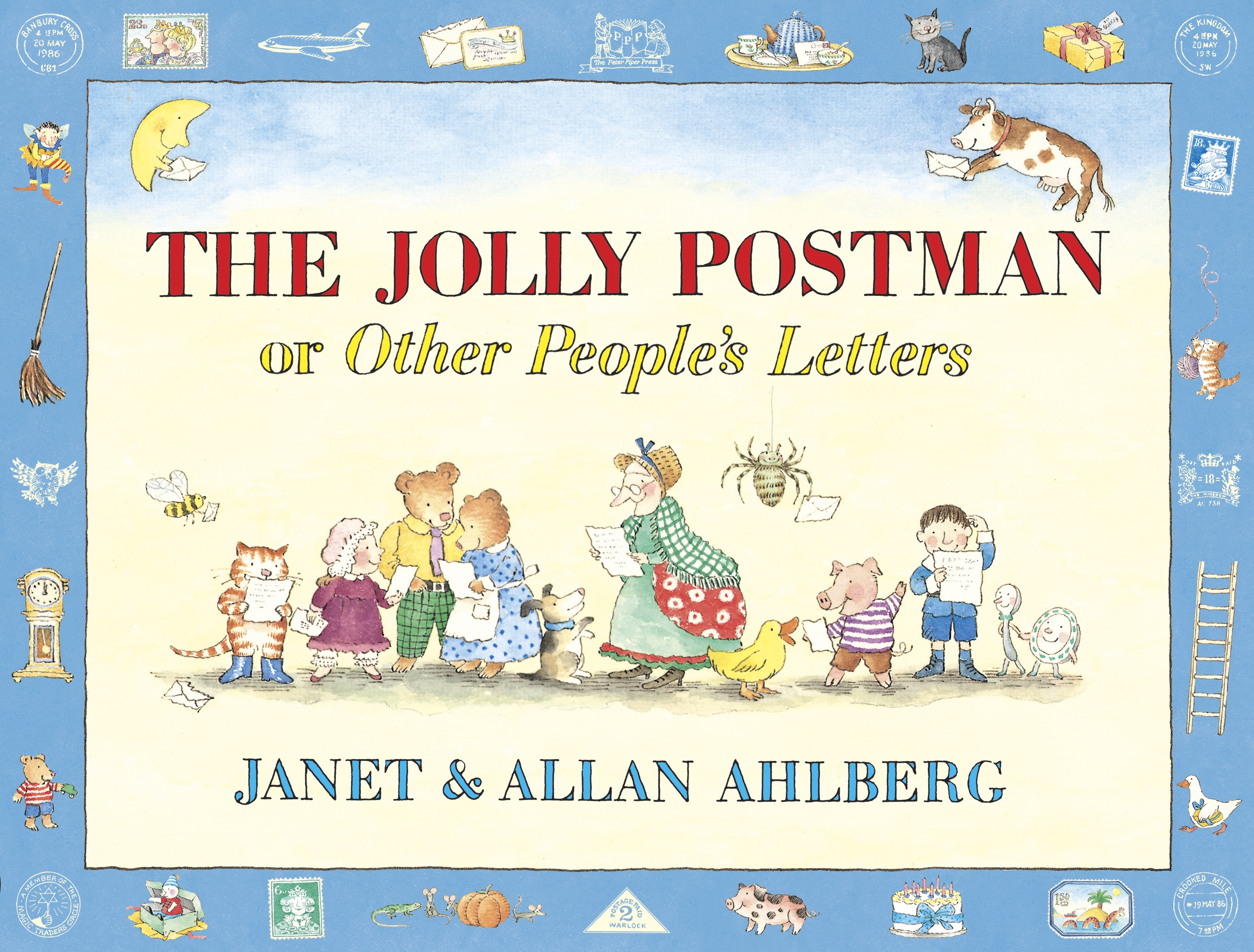
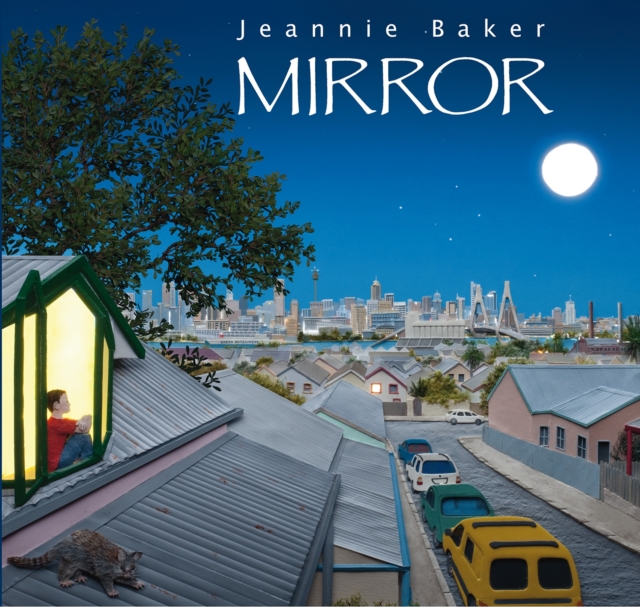



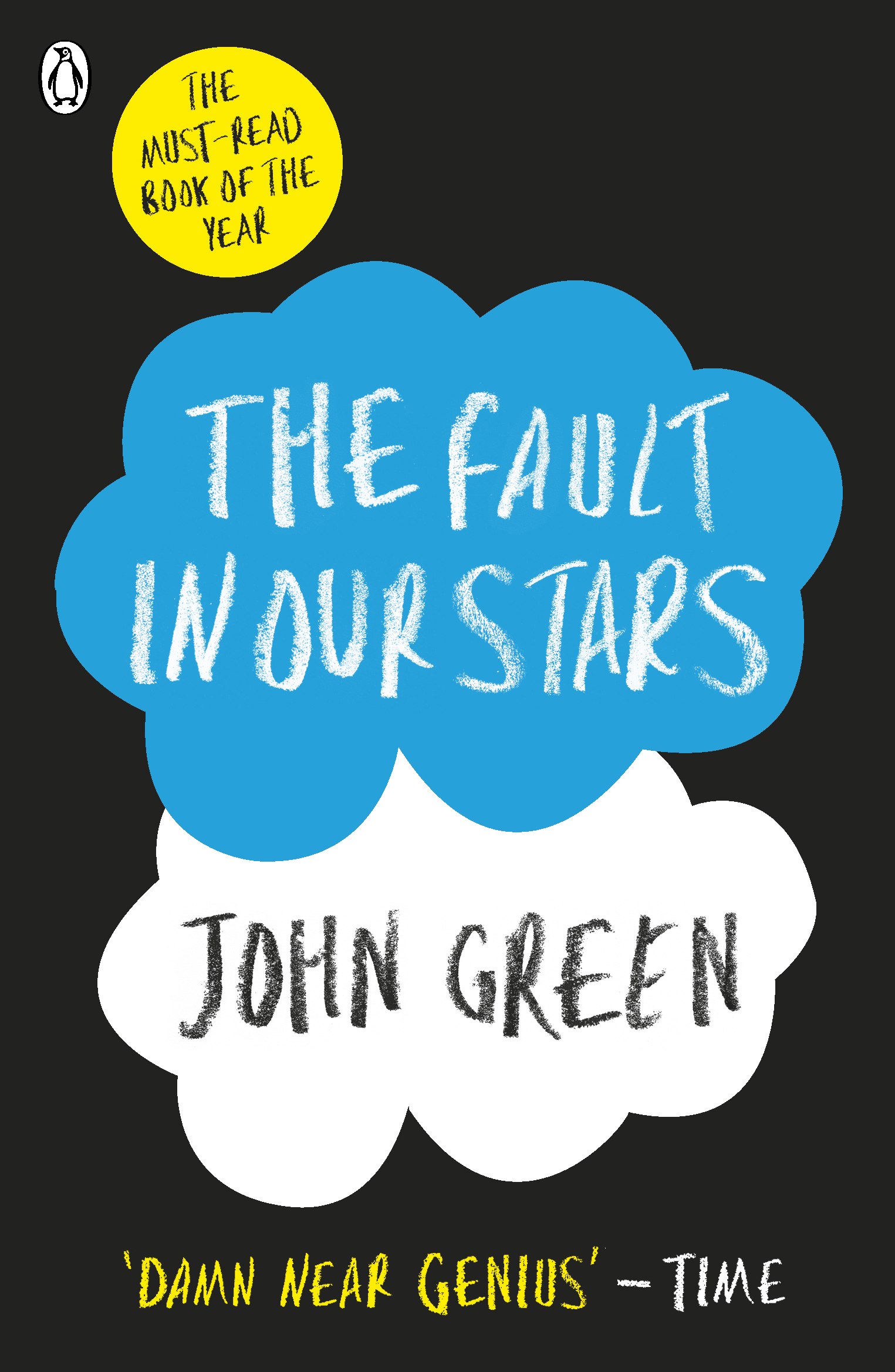

 My Sister Rosa
My Sister Rosa
 The Tipping Point: How Little Things can Make a Big Difference
The Tipping Point: How Little Things can Make a Big Difference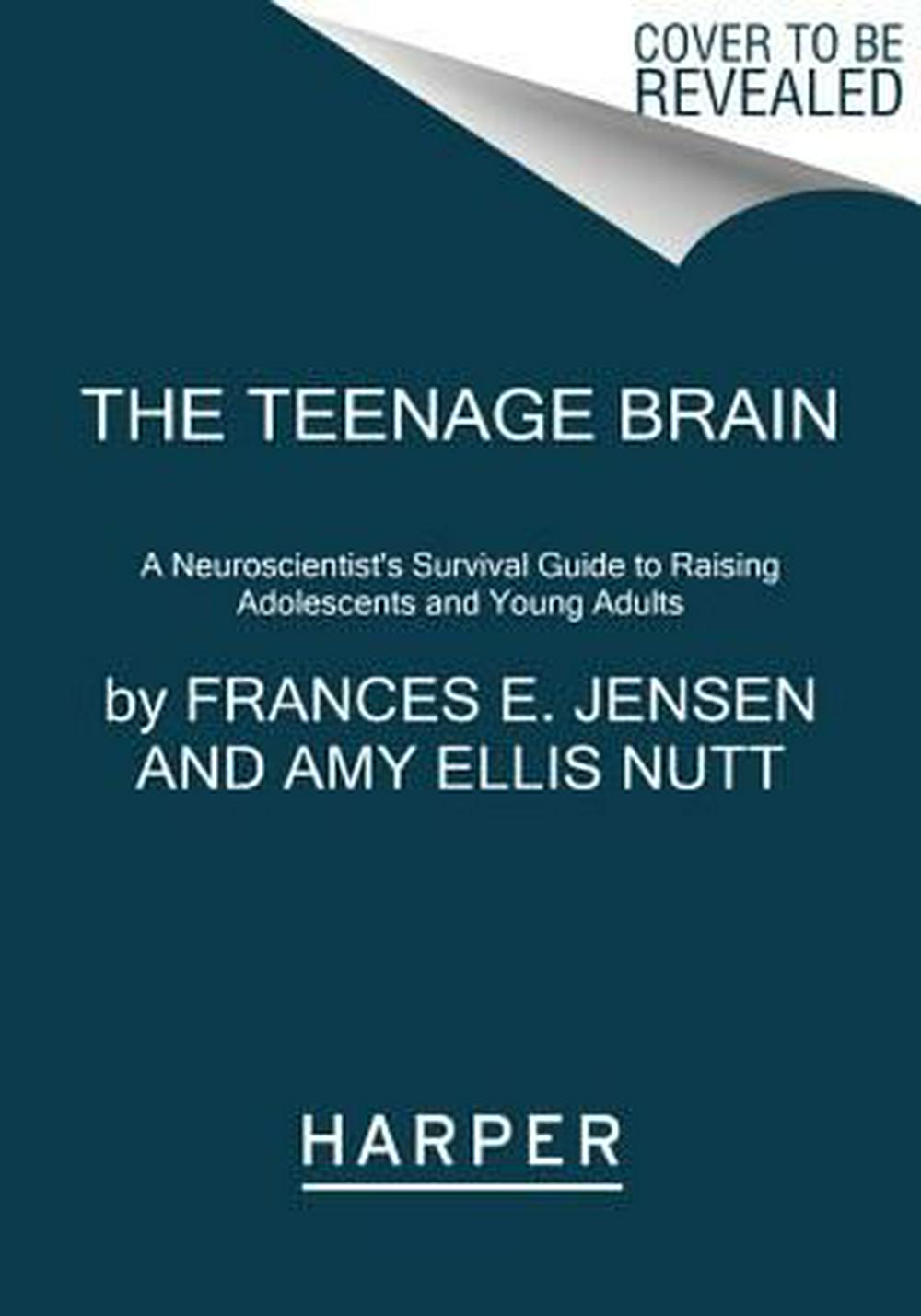 The Teenage Brain: a Neuroscientist’s Survival Guide to Raising Adolescents and Young Adults
The Teenage Brain: a Neuroscientist’s Survival Guide to Raising Adolescents and Young Adults Flourish: a Visionary New Understanding of Happiness and Well-being
Flourish: a Visionary New Understanding of Happiness and Well-being The Power of Habit: Why We Do What We Do, and How to Change
The Power of Habit: Why We Do What We Do, and How to Change When to Rob a Bank: the Freakopedia
When to Rob a Bank: the Freakopedia